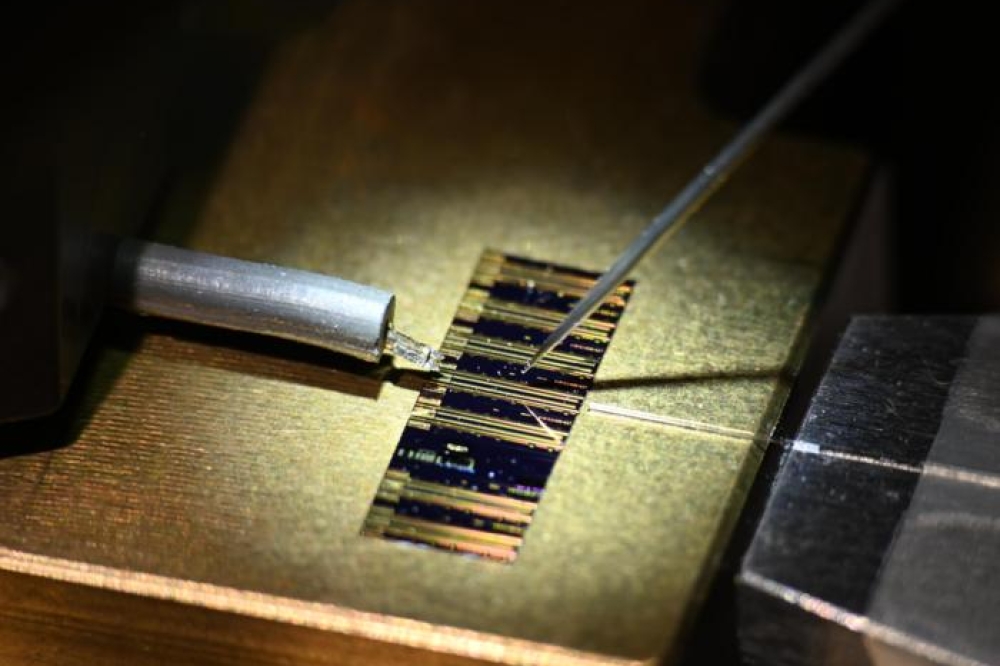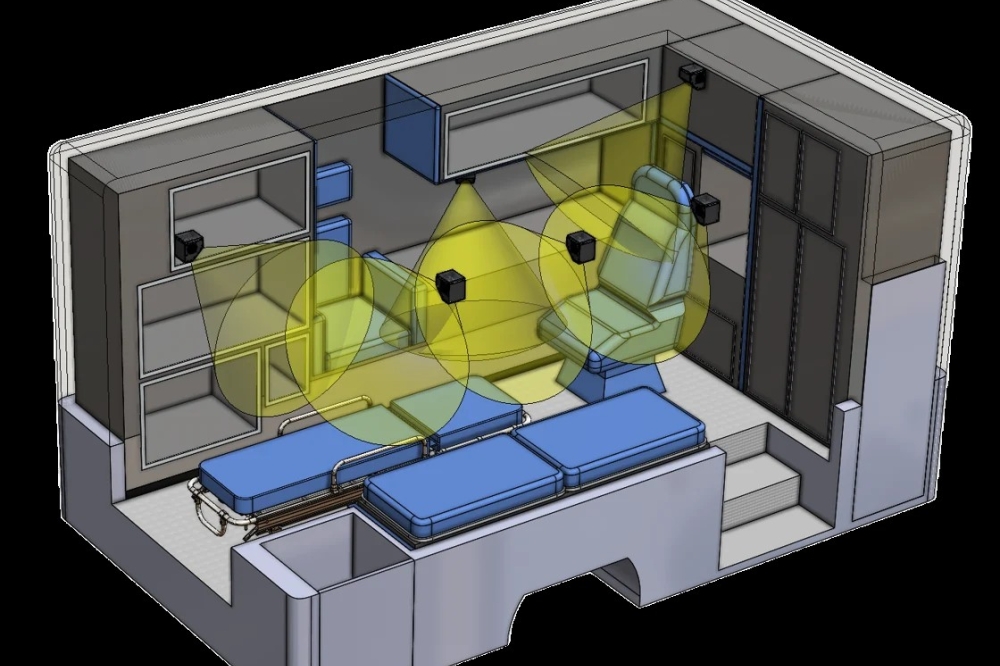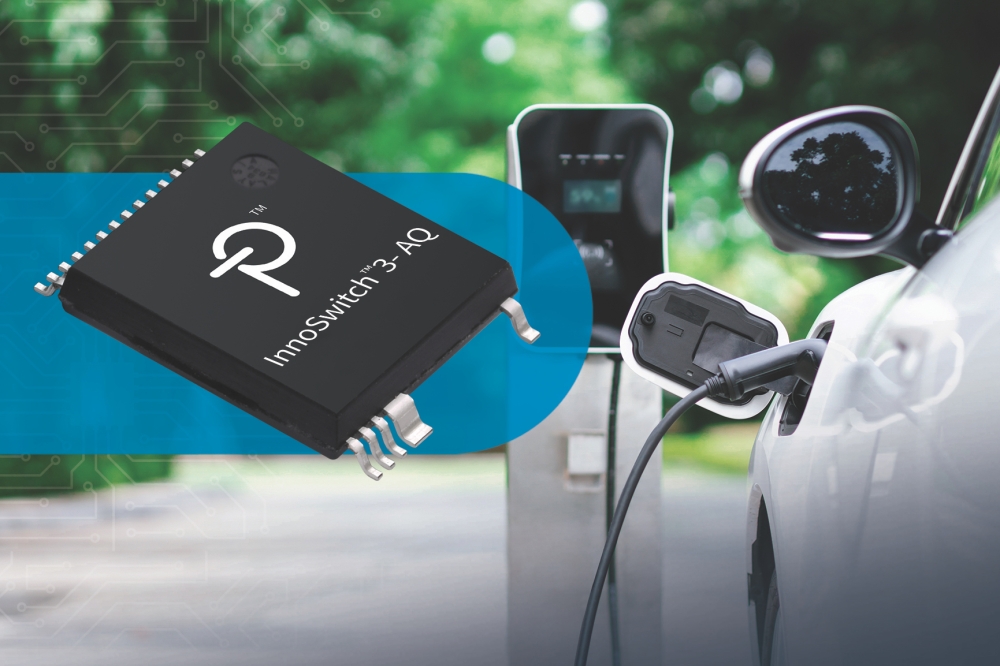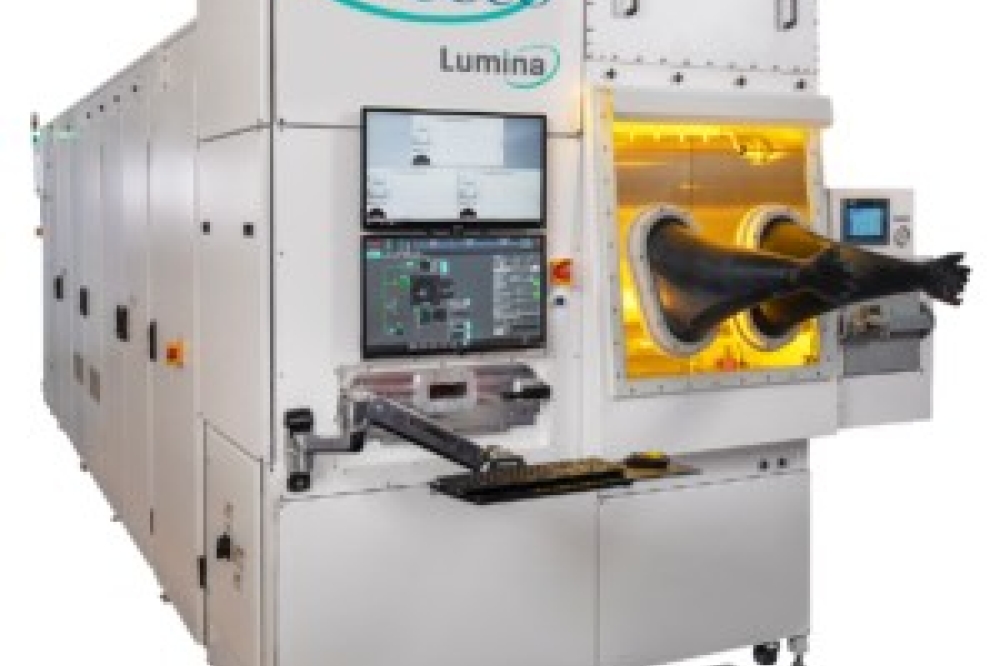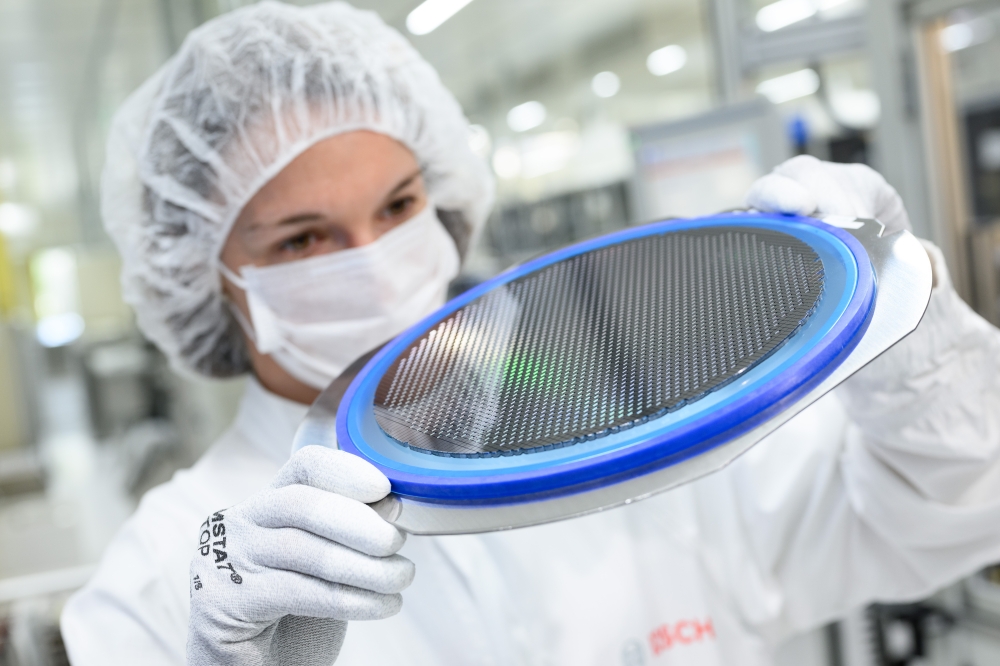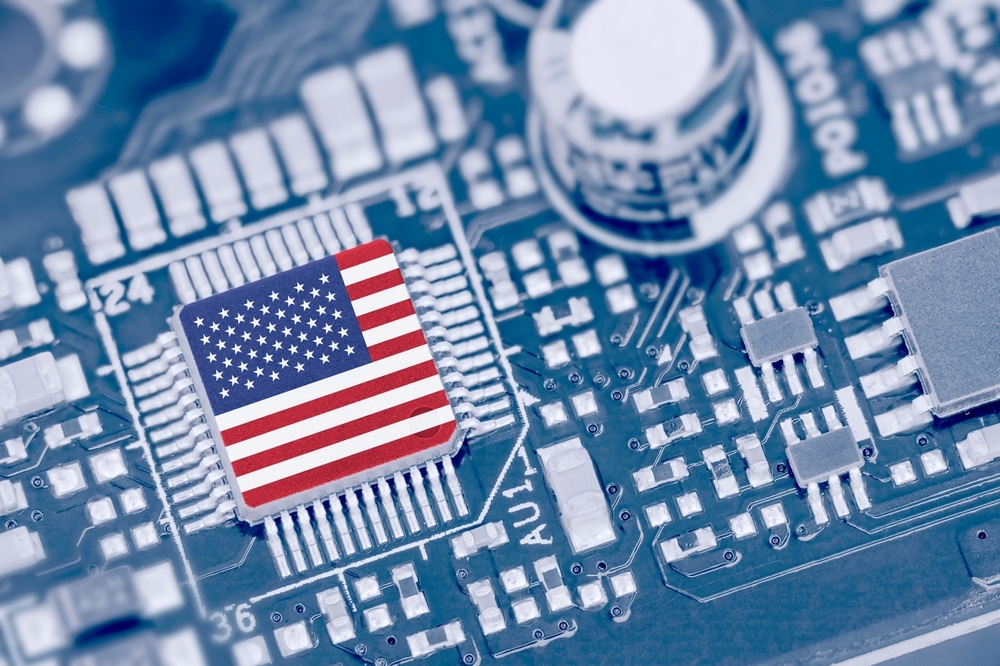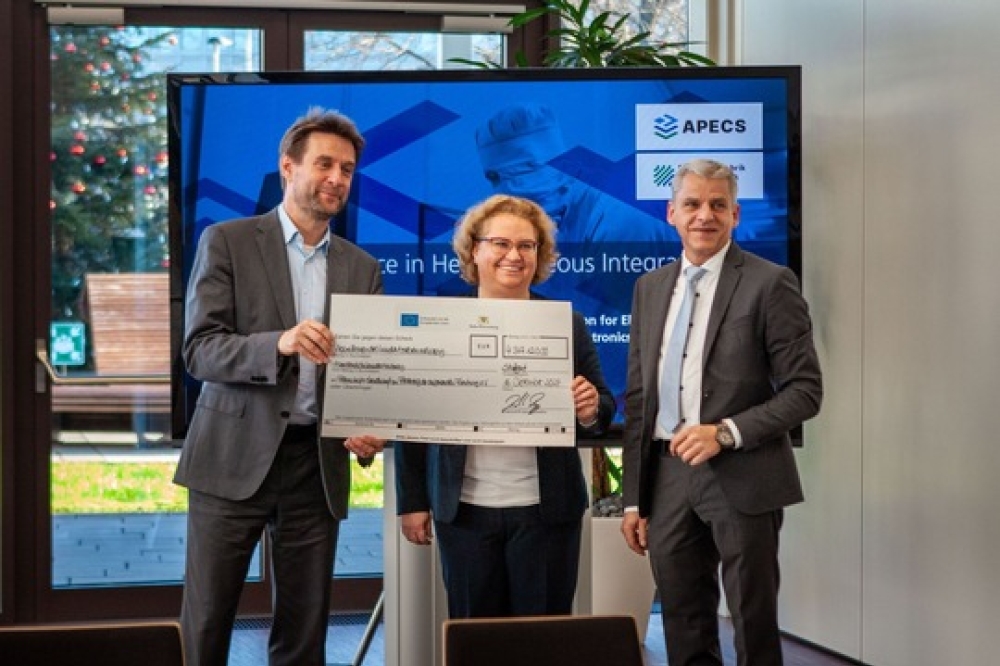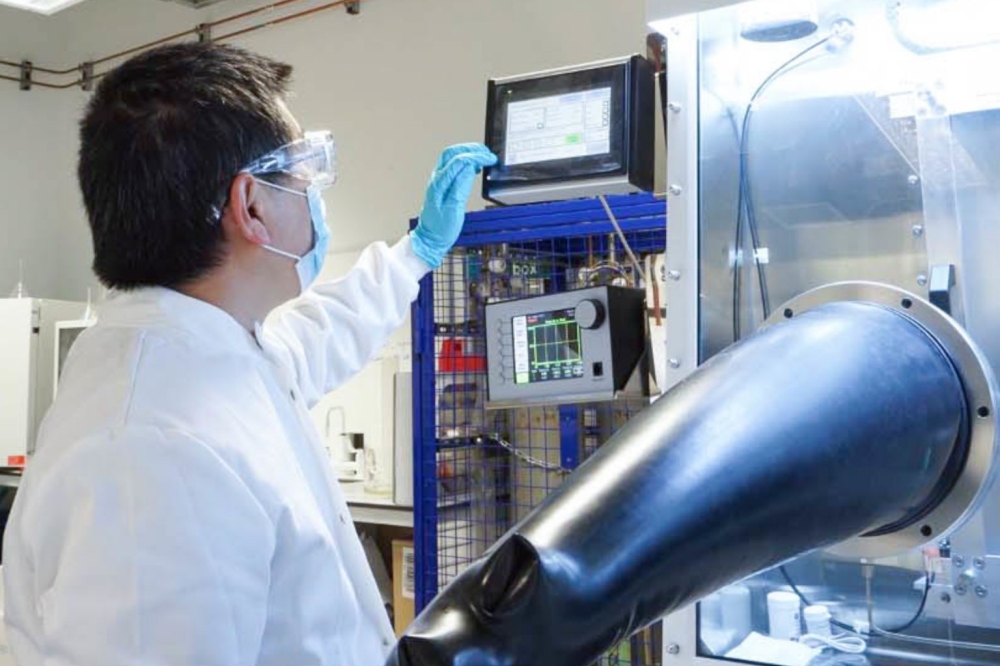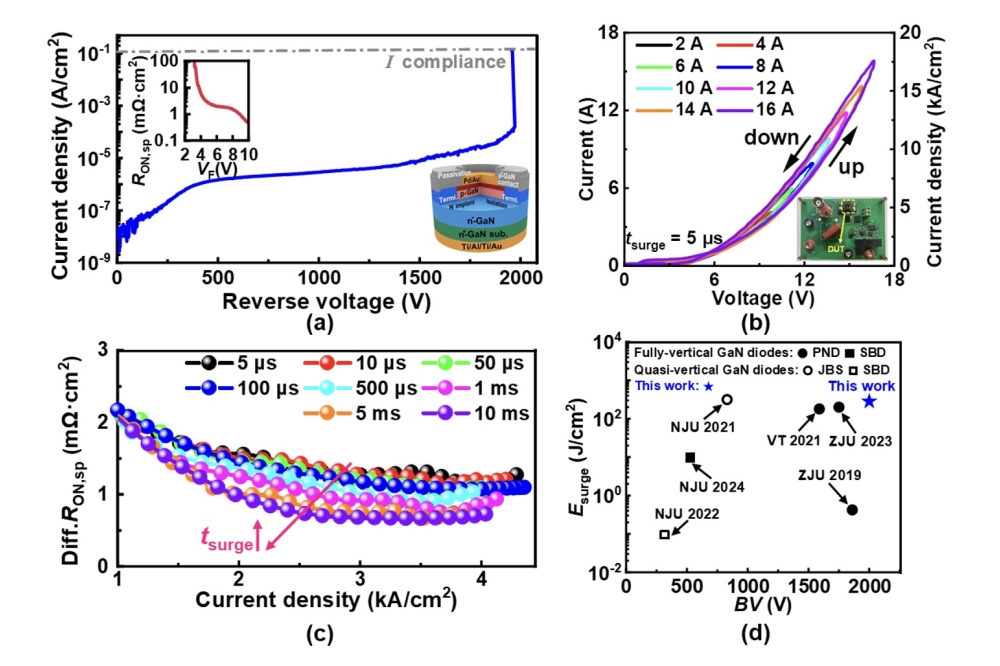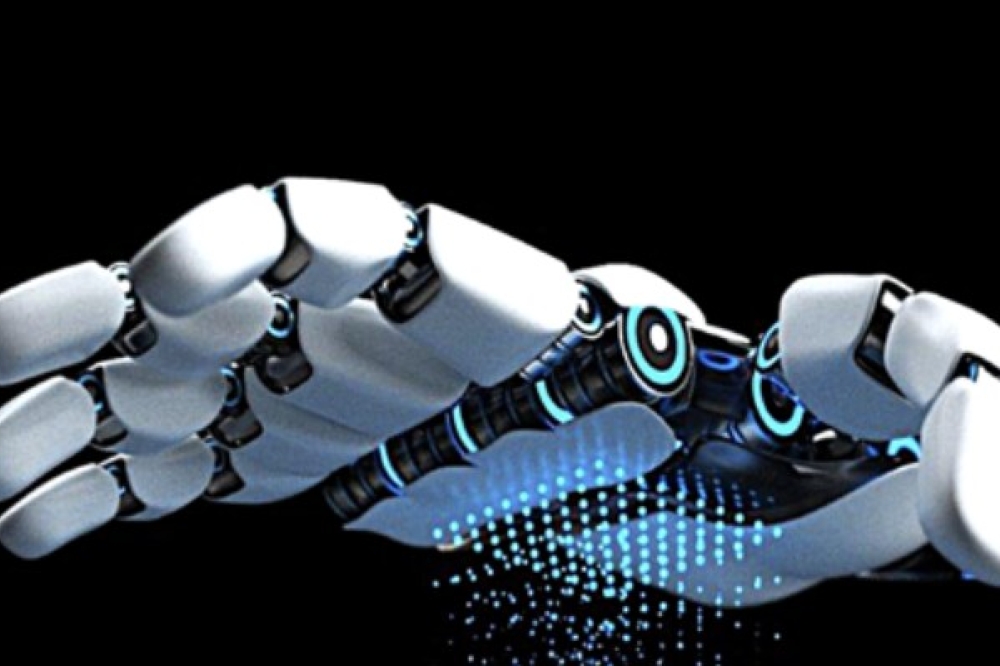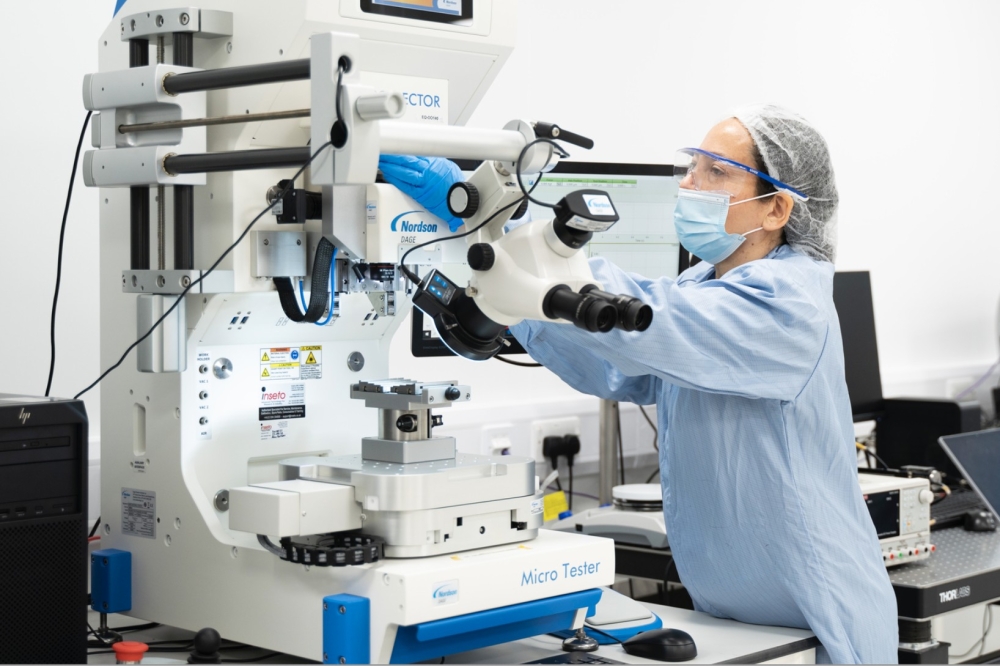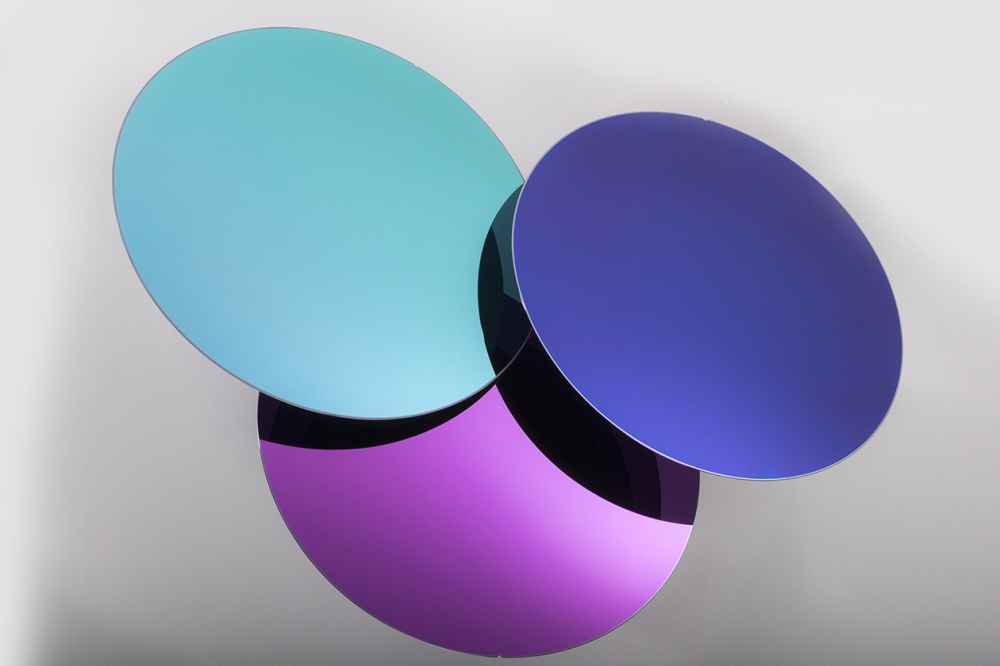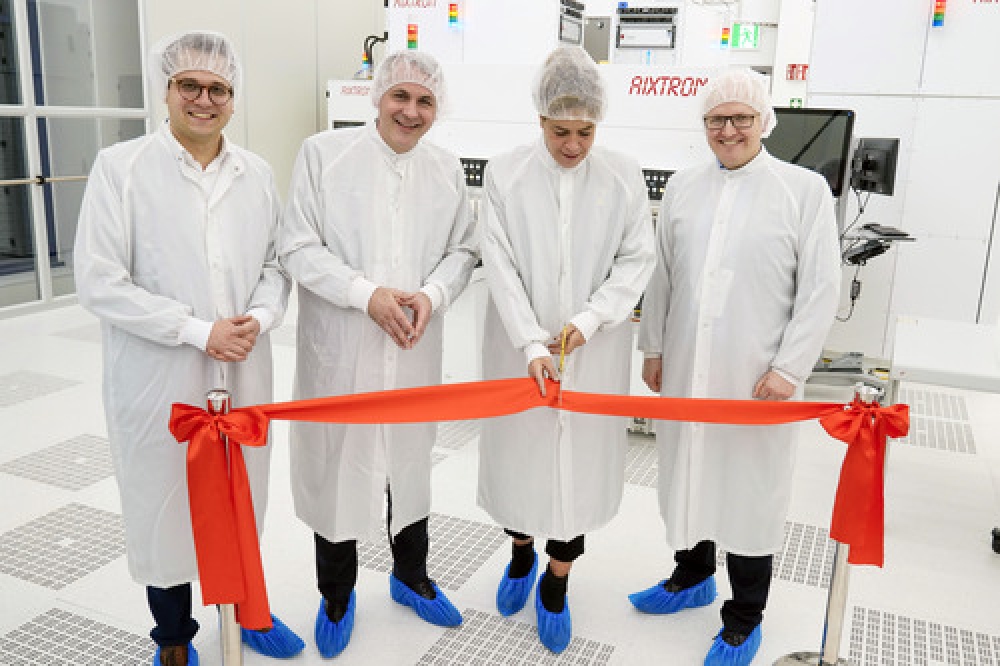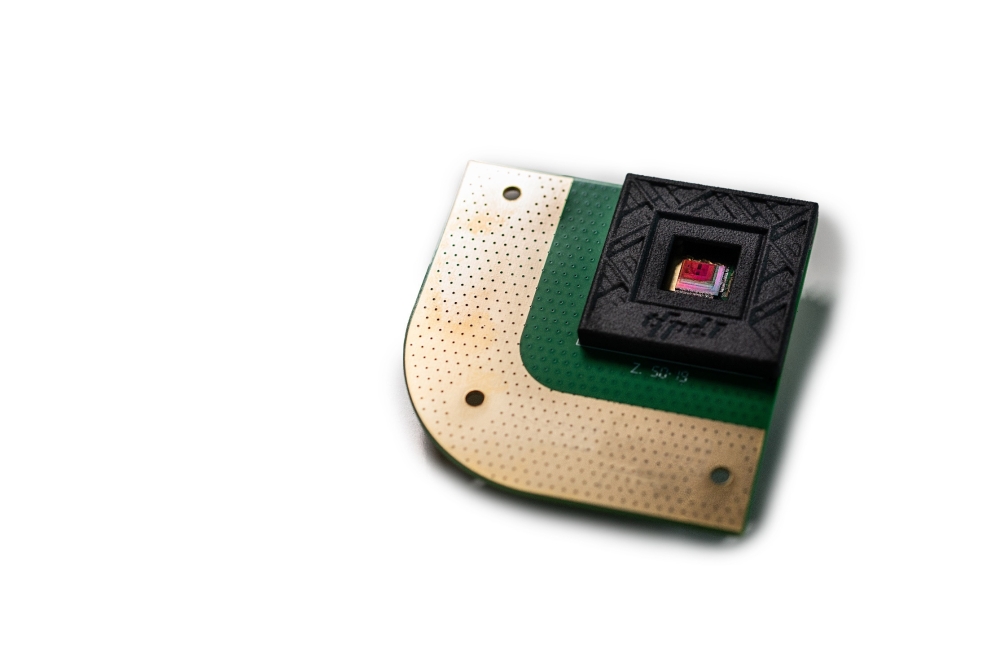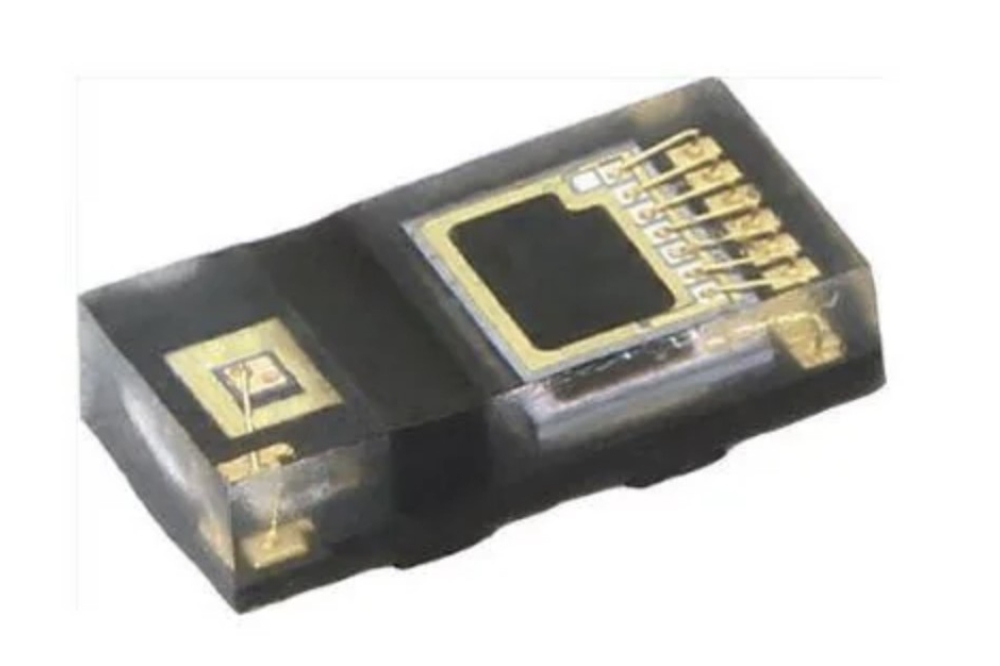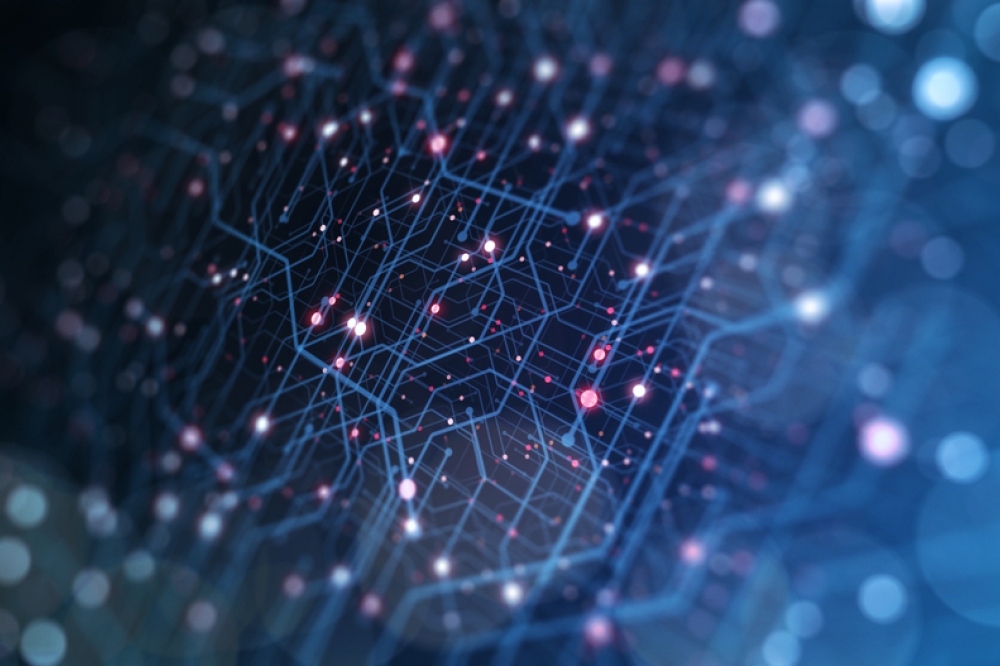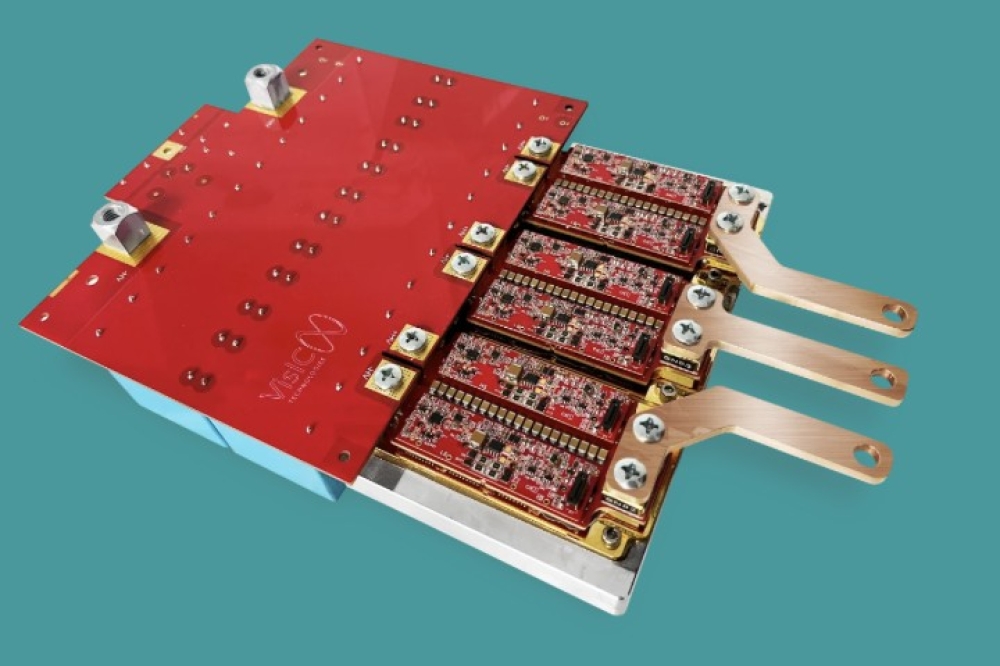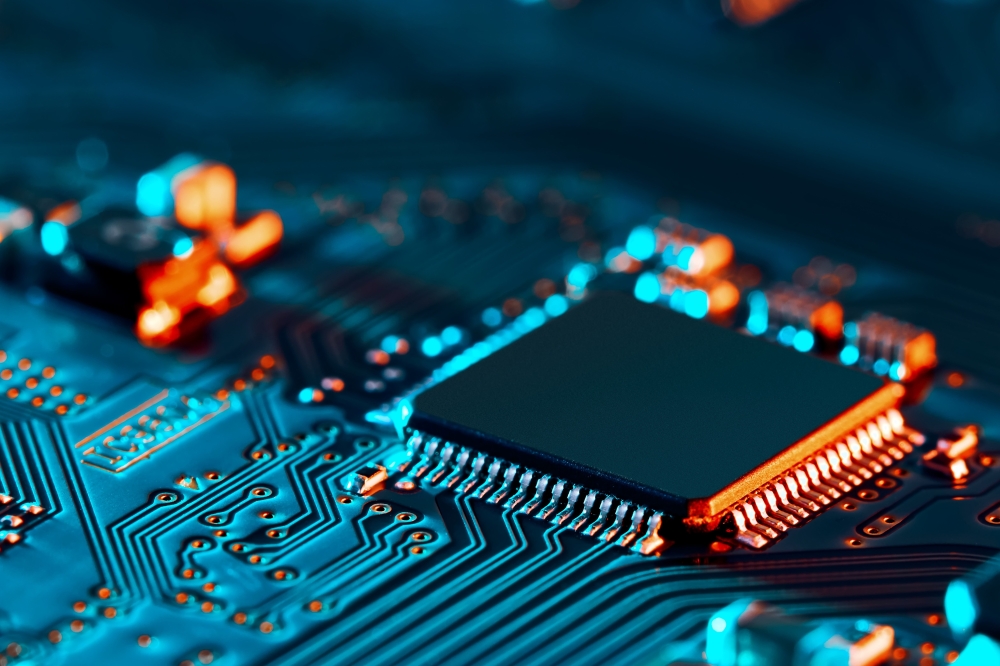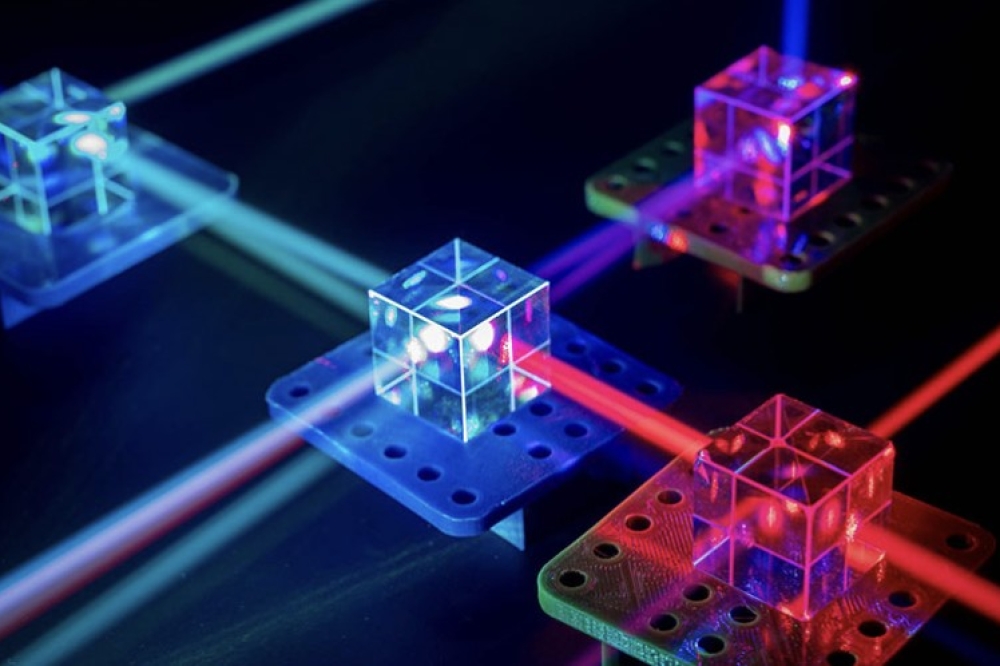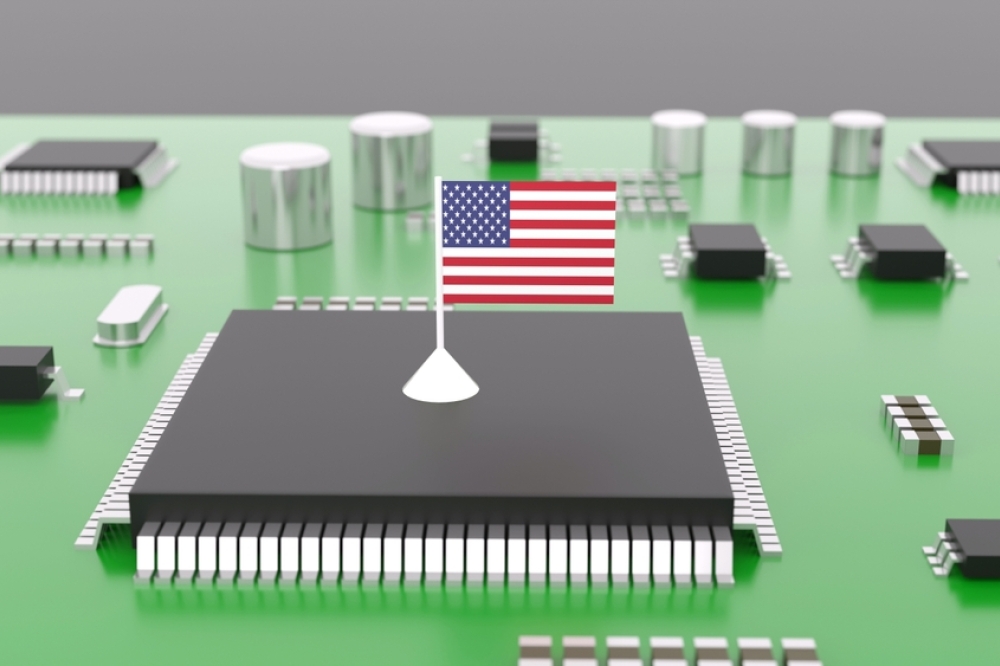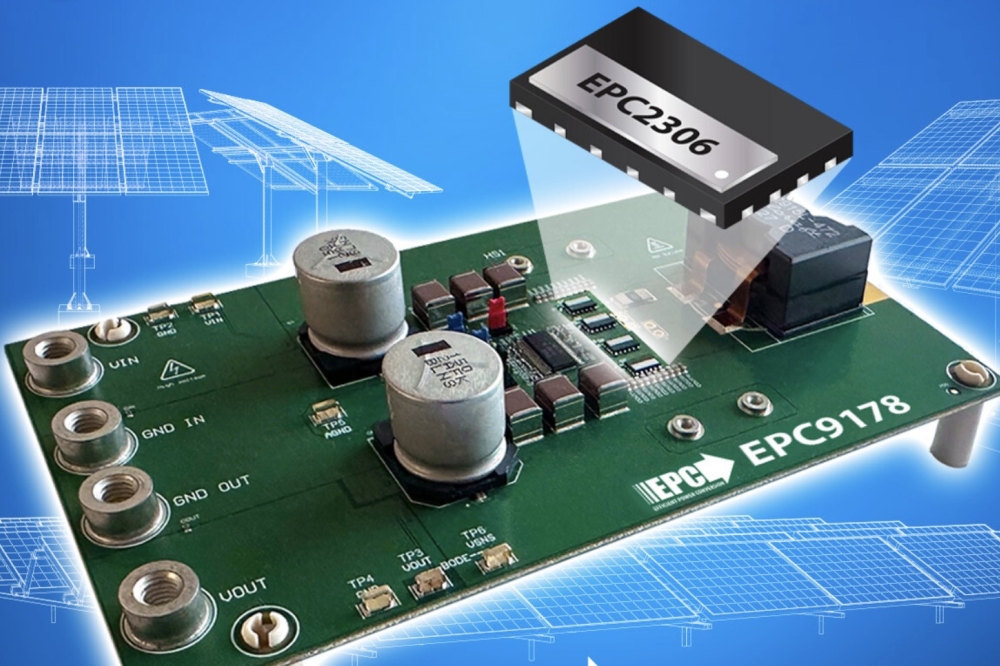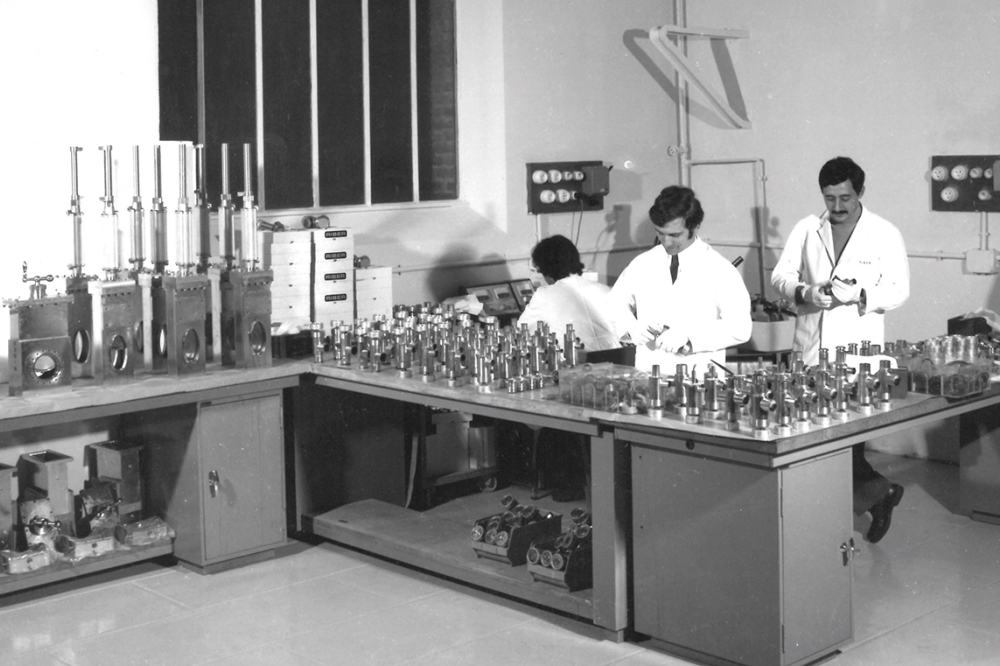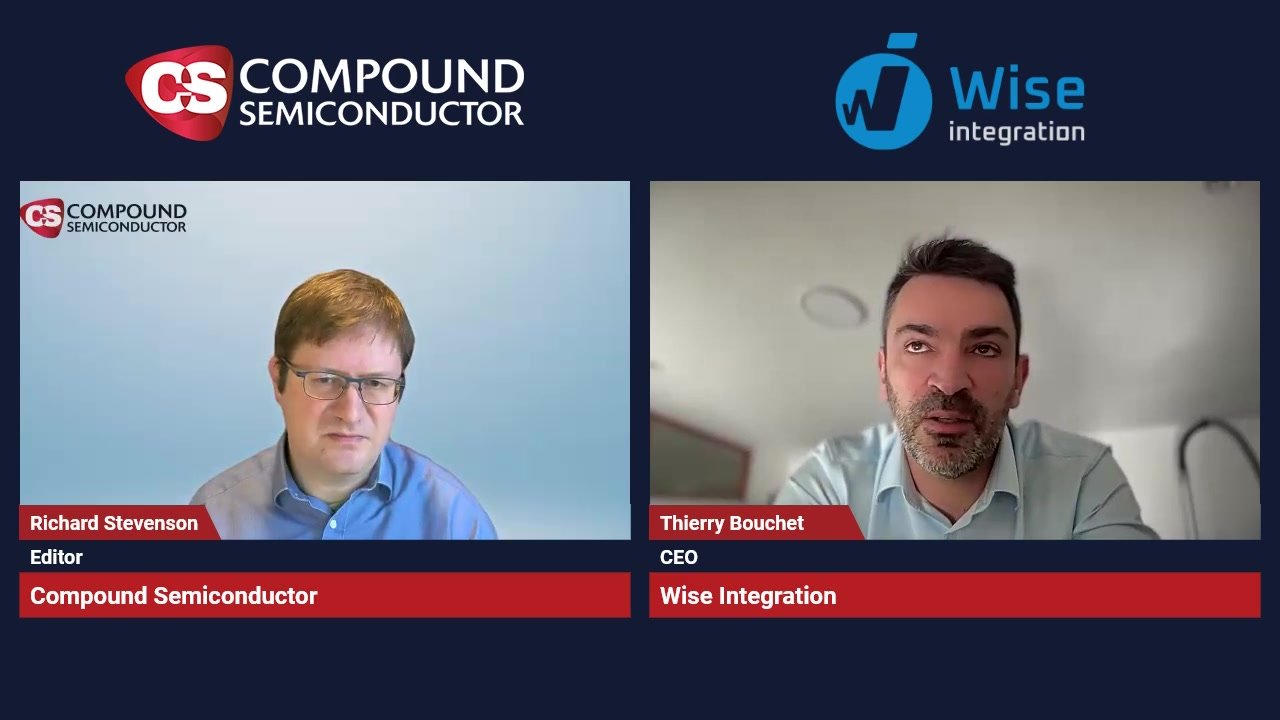News Article
Topological insulators for dissipationless electronics
A new type of material based on manganese doped Bi2Te3−ySey opens the door to electronics based on topologically non-trivial materials
A team of researchers at Riken and the University of Tokyo has demonstrated a new material that promises to eliminate loss in electrical power transmission.
The surprise is that their methodology for solving this classic energy problem is based upon what the team says is the first realisation of a highly exotic type of magnetic semiconductor first theorised less than a decade ago - a magnetic topological insulator.
Development of energy saving technologies is one of the central pursuits of modern science. From advancing alternative energy resources like wind and solar power to improving the infrastructure of the electrical power grid, this pursuit by scientists and engineers takes on a variety of forms.
One focus in recent years has been eliminating energy loss in the transmission of power itself, which by some estimates consumes more than 10 percent of all energy being produced. The research team has demonstrated a new material - a magnetic topological insulator - that can eliminate this loss.
The work by the Riken/UT collaboration is closely related at a landmark discovery from the 1980s, the so-called quantum Hall effect. That effect is known to produce dissipationless electricity channels, but it requires large, cumbersome magnets to produce fields 100,000 larger than the earth's magnetic field for its operation.
The Riken/UT collaboration circumvented this difficulty by using an exotic type of semiconductor predicted to exhibit a similar effect. The material used was manganese doped Bi2Te3−ySey.
In contrast to the quantum Hall effect, this effect, known as the quantum anomalous Hall effect, stems from the semiconductor's own magnetisation rather than from an external one. At the heart of this new phenomenon is the interaction between magnetic ions and the topological insulator's current carrying particles (known as Dirac fermions), the latter of which are unique because they behave as if they have zero mass.

Depiction of quantum Hall effect (left) and quantum anomalous Hall effect (right)
The devices produced by the Riken/UT team are a robust "proof of principle", demonstrating that this new type of dissipationless transport can be harnessed in prototype transistors. While currently requiring cryogenic conditions, improvements in materials design promises to improve the stability of the magnets, making it possible to operate them at higher temperatures.
By doing away with external stimuli such as magnetic fields and, in the future, cryogenic cooling, these new magnetic topological insulators may represent the most efficient path to modernising the power grid by eliminating loss in energy transfer.
More details of this work has been published in the paper, "Dirac-fermion-mediated ferromagnetism in a topological insulator," by J. G. Checkelsky et al in Nature Physics, 2012. DOI: 10.1038/nphys2388

Figure 1. (Left) The active area of magnetic topological insulator (dark gray) is 3 µm across and only 70 atoms thick. The blue background is an insulating gate dielectric and the yellow regions are metallic electrodes. (Right) The internal magnet favours the "off" state of the transistor on the left. This is evidence for a new type of magnetic semiconductor

Figure 2. Depiction of realisation of edge modes on sample surface. (Left) A schematic representation of magnetic structure is shown, dark and light representing down and up polarisation, respectively. (Right) The corresponding edge mode structure is shown, with the green arrows representing chiral modes at magnetic reversal. The electrical current flows in the same manner as in the quantum Hall and anomalous quantum Hall states
The surprise is that their methodology for solving this classic energy problem is based upon what the team says is the first realisation of a highly exotic type of magnetic semiconductor first theorised less than a decade ago - a magnetic topological insulator.
Development of energy saving technologies is one of the central pursuits of modern science. From advancing alternative energy resources like wind and solar power to improving the infrastructure of the electrical power grid, this pursuit by scientists and engineers takes on a variety of forms.
One focus in recent years has been eliminating energy loss in the transmission of power itself, which by some estimates consumes more than 10 percent of all energy being produced. The research team has demonstrated a new material - a magnetic topological insulator - that can eliminate this loss.
The work by the Riken/UT collaboration is closely related at a landmark discovery from the 1980s, the so-called quantum Hall effect. That effect is known to produce dissipationless electricity channels, but it requires large, cumbersome magnets to produce fields 100,000 larger than the earth's magnetic field for its operation.
The Riken/UT collaboration circumvented this difficulty by using an exotic type of semiconductor predicted to exhibit a similar effect. The material used was manganese doped Bi2Te3−ySey.
In contrast to the quantum Hall effect, this effect, known as the quantum anomalous Hall effect, stems from the semiconductor's own magnetisation rather than from an external one. At the heart of this new phenomenon is the interaction between magnetic ions and the topological insulator's current carrying particles (known as Dirac fermions), the latter of which are unique because they behave as if they have zero mass.

Depiction of quantum Hall effect (left) and quantum anomalous Hall effect (right)
The devices produced by the Riken/UT team are a robust "proof of principle", demonstrating that this new type of dissipationless transport can be harnessed in prototype transistors. While currently requiring cryogenic conditions, improvements in materials design promises to improve the stability of the magnets, making it possible to operate them at higher temperatures.
By doing away with external stimuli such as magnetic fields and, in the future, cryogenic cooling, these new magnetic topological insulators may represent the most efficient path to modernising the power grid by eliminating loss in energy transfer.
More details of this work has been published in the paper, "Dirac-fermion-mediated ferromagnetism in a topological insulator," by J. G. Checkelsky et al in Nature Physics, 2012. DOI: 10.1038/nphys2388

Figure 1. (Left) The active area of magnetic topological insulator (dark gray) is 3 µm across and only 70 atoms thick. The blue background is an insulating gate dielectric and the yellow regions are metallic electrodes. (Right) The internal magnet favours the "off" state of the transistor on the left. This is evidence for a new type of magnetic semiconductor

Figure 2. Depiction of realisation of edge modes on sample surface. (Left) A schematic representation of magnetic structure is shown, dark and light representing down and up polarisation, respectively. (Right) The corresponding edge mode structure is shown, with the green arrows representing chiral modes at magnetic reversal. The electrical current flows in the same manner as in the quantum Hall and anomalous quantum Hall states

